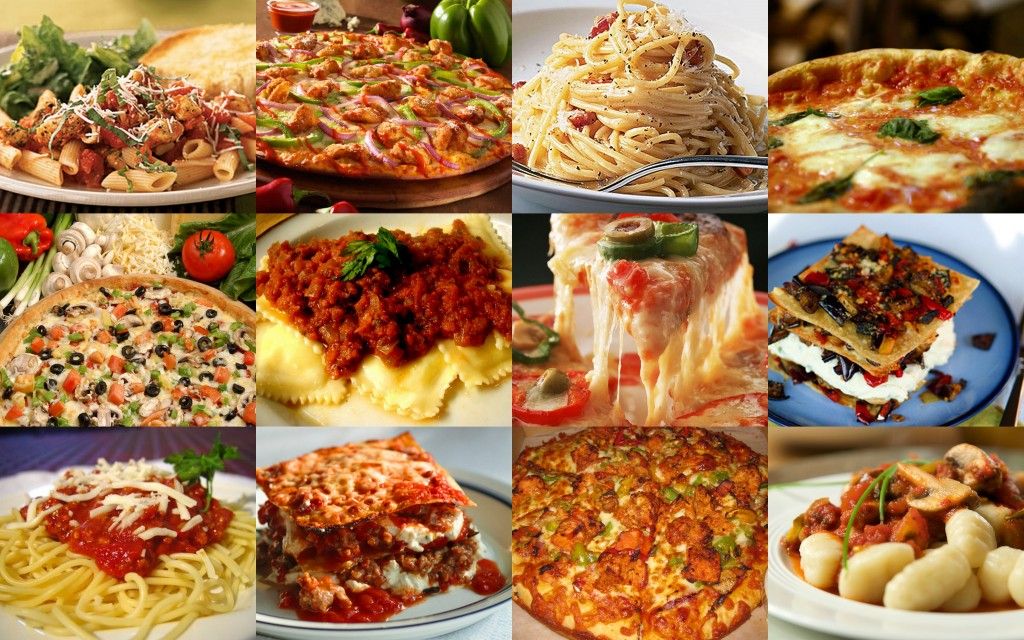A high glycemic index diet is bad for the heart
A diet with a high glycemic index, i.e. rich in carbohydrates with a high glycemic index and meals with a high glycemic load, would increase the onset of cardiovascular events even in people who are not familiar.
This is attested by a large meta -analysis , therefore a collection of studies on the glycemic index, conducted by Dr. Jenkins of the University of Toronto. Here’s what it turned out.

HIGH GLYCEMIC INDEX DIET PUTS YOUR HEART AT RISK
The meta-analysis analyzed approximately 9,000 studies on the correlation between the glycemic index and health in the various countries, for a total of 137,000 adult participants.
Dr Jenkins, who has been studying the health impact of the glycemic index of foods for years, explains that his data shows a robust correlation between the consumption of high glycemic index foods and cardiovascular events such as heart attack, stroke, ischemia.
The team of researchers has identified seven categories of high-glycemic index foods that are most responsible for heart problems.
Essentially, these are non-natural, fiber-free foods, such as white bread, white rice, rice noodles, sugary sodas, and products with refined sugar and flours.
What does this study teach us from a practical point of view?
The first thing to consider is that a high glycemic index diet means a diet low in fiber and protein and not just high in sugar or carbohydrates, with unbalanced meals that tend to raise blood sugar.

This causes the overall glycemic load of those meals to be high.
To be clear: white rice or rice noodles eaten without the addition of vegetables or legumes or protein sources for lunch or dinner. Sugary drinks consumed throughout the day.
Excess of foods with white flours such as white bread, crackers.
Or even rice cakes or puffed and sweetened cereals.
These foods, so that they do not cause blood sugar problems, should always be integrated with foods with a low or no glycemic index . For example vegetables, legumes, meat proteins, fish, aged cheeses or eggs that have a zero glycemic index.

When we read this news, we must consider that there is a difference between a high glycemic load and a low load meal . A high-glycemic meal is a snack of French fries or a breakfast with just white bread and jam. While a low glycemic load meal is for example a lunch with two slices of white bread combined with salad, tomatoes, avocado and bresaola. Or a small bowl of French fries paired with a slice of grilled veal or fish and a large side of salad. So both the quantity and the combination with other foods can make the same food with a high glycemic index risky or not for health.
In short, there is a difference between drinking a bottle of coke in the middle of the morning and instead drinking a freshly squeezed orange juice paired with a Greek yogurt for breakfast.
The doctor says a high-glycemic index diet is often a diet low in quality carbohydrates , such as fruits, vegetables, and legumes. And this has an impact on both longevity and heart.
Further links
Glycemic load, the formula.
How to take advantage of the glycemic load to lose weight.
Low glycemic index carbohydrates, the list.
Mediterranean diet with a low glycemic index.
























+ There are no comments
Add yours